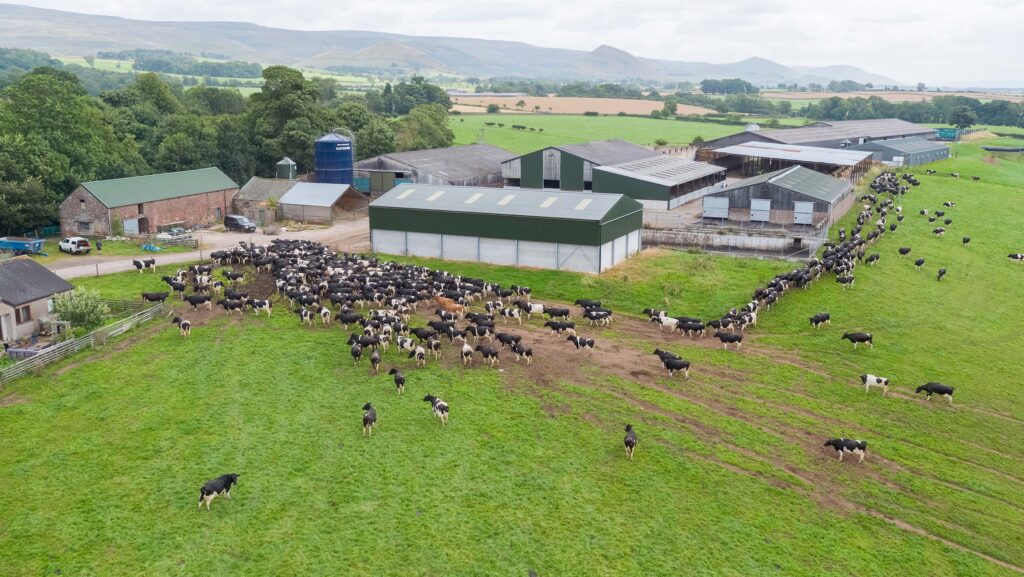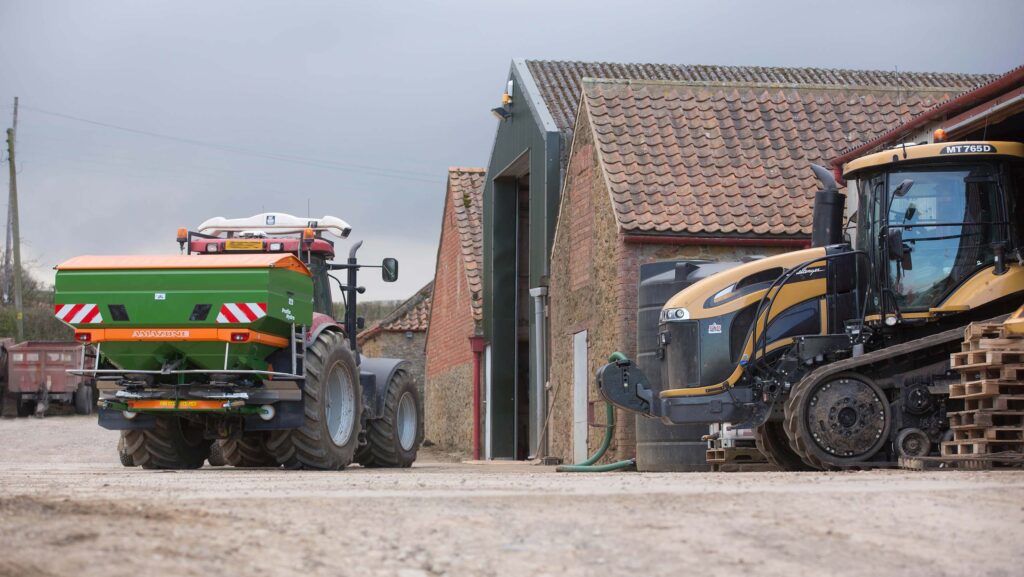New estimates suggest 2,500 farmers a year will be hit by IHT
 © Adobe Stock
© Adobe Stock Latest analysis by the Central Association of Agricultural Valuers (CAAV) has cast fresh doubt on the Treasury’s claims that just a quarter of farmers will ever be caught by inheritance tax and that the numbers affected will run in the hundreds each year, not the thousands.
A reworking of the numbers by the CAAV suggests that in fact some 75,000 individual farm business owners are likely to be affected by the government’s changes to inheritance tax (IHT) over the coming generation.
See also: New NFU analysis diminishes Treasury estimates of IHT impact
Jeremy Moody, the organisation’s secretary and adviser, says: “That equates to an annual figure more than five times the government’s prediction.
“The government’s data may come from correct answers to the questions it asked, but by basing them on agricultural property relief [APR] only, it has missed large parts of farming,” he says.

© Tim Scrivener
Business property relief overlooked
According to Mr Moody, the government’s analysis has not taken proper account of the interaction with other reliefs, notably business property relief (BPR) and spouse relief, or how farm businesses work.
HMRC’s figures show that 860 farms claimed for both APR and BPR in 2021 – the new proposals will amalgamate these with an overall cap of £1m relief, and 20% tax charged thereafter.
There are 70,000 farm businesses in the UK of more than 125 acres, of which 40,000 are more than 250 acres, explains Mr Moody.
“That 70,000 is a proxy for the land area that, on its own, could take a value above £1m before considering any farmhouse or other business assets.” he says.
From those figures, both company owners and tenant farmers need only BPR, leaving about 60,000 landowners above the £1m threshold.
Other assets
But what about other assets? Defra data shows an average of £668,000 of non-land assets – such as machinery – which would fall under BPR.
On top of this are many diversified activities interwoven with the farming business. “These, too, fall within BPR, which substantially increases the number exposed to the new tax liability,” says Mr Moody.
Of course, for IHT calculations, business liabilities such as loans must be deducted. “Defra puts average liabilities of £294,000, leaving an average net worth of £2.2m,” he says.
Married couples
The government’s calculations that only those married couples with assets worth £3m or more will be affected require a very specific set of circumstances, which is both unrealistic and unreasonable, explains Mr Moody.
Another important consideration is spouse relief – currently, assets can pass between spouses tax-free, as can the nil rate band of £325,000 and, where available, the £175,000 residential nil rate band, to be used on the second spouse’s death.
“But the £1m of full relief is not transferable between spouses – and given the complexities of farm accommodation and income, spouses may still have to leave assets to each other, bringing even more assets above the joint APR/BPR cap,” Mr Moody says.
75,000 affected
Overall, Mr Moody calculates that about 75,000 taxpayers will be affected by the changes. “Over a 30-year generation, that would equate to some 2,500 a year, rather than the government’s estimate of 500.”
The CAAV figures are similar to those calculated by the NFU, which last week concluded that about 75% of commercial farmers might be exposed to IHT after excluding “hobby farmers” and allowing for BPR and land price inflation since 2021.
